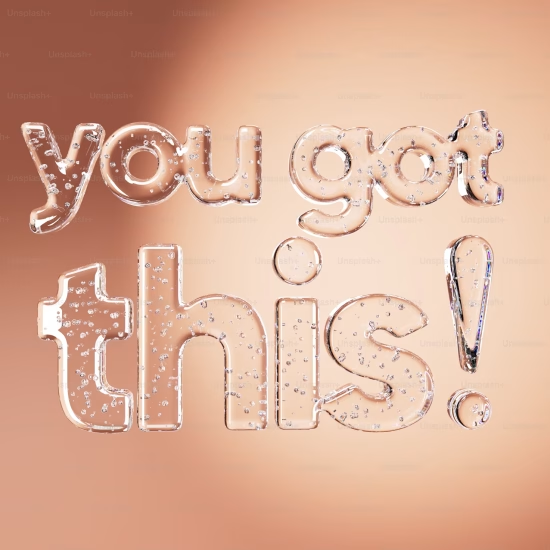
The end of the academic school year is fast approaching. This is a good time to let students reflect on the work they have done, the understandings they have gained, and how their views about mathematics have changed during the course of the year. Here are some end-of-year activities you can use to help students see their progress and increase their agency, identity, and interest in mathematics.
1. Reflecting on the Year
Students can recognize the accomplishments they have made in mathematics in several ways. Perhaps you have a practice of sharing student work throughout the year to showcase student excellence, multiple approaches to problem solving, and good thinking. Encourage students to select the one piece work that they are most proud of and to talk about what makes it so special to them. This gives them the opportunity to celebrate not only their own excellence, but also see what their peers have to say. You can also ask students to talk about the things that their peers did that supported their learning. Students articulate what helps them learn and recognize how working together has helped the class grow. Another prompt that helps students take a big picture look at their learning is asking them to share what their big areas of growth, for example, “What are you better at in this subject than you were at the beginning of the school year?” Look for how students talk about mathematical disposition, how their identity has changed, how they feel about perseverance, as well as how they think their skills have grown. Not only do these activities focus students on their learning, but also give you feedback on your pedagogy, as well.
2. Play Math Games
Playing games is a great way to spark student interest in math. In his article, “Teaching Inductive Reasoning with Proofs”(Mathematics Teacher, vol. 110, no. 7, March 2017, NCTM), Jeffrey Wanko gives examples of language independent logic puzzles that any student can solve by applying rules of deduction. Students can then share their solution pathways and make decisions on how to solve new puzzles (that is, using induction). These logic games start with students working on their own and can then be used as small group learning or continue as work for individual students. Another type of puzzle is an Achi puzzle. With this game, students work in pairs to analyze the game and determine winning strategies.
3. Using Non-curricular Tasks and Topics
You can grow your own learning and that of your students by teaching something that is new to them. Frequently that means doing what Peter Liljedahl calls “non-curricular tasks.” One example could be to let students experiment with the 4 Color Theorem to see what conclusions they can make about coloring maps of different configurations. This opens the door to thinking about how this was proved and what constitutes a proof, as well as having students engage in mathematics reasoning and experimentation with something they may think “is not math.” Another example is to play with computational strategies. “How many ways can you rewrite 12 as a sum of natural numbers?” “What is the biggest product you can make with your sums?” are two related questions that have students exploring adding, multiplying, and pattern finding. You may want to think about a topic that is slightly beyond the requirements of your grade level or course, but that is tied to the same content, such as looking at number systems with different bases to understand place value or connections to programming or doing integration with trigonometric substitution in a Calculus class. Some fascinating topics that may be new for you as well as the students, such as simple Knot Theory or Fermi Problems (problems for which students use reasonable assumptions and estimation to come up with approximate solutions for a problem such as, “How many pennies would fill our classroom?”) are excellent ways to engage students and build their thinking skills.
This activities can be used as stand-alone lessons or alongside doing review for exams (such as a break from review worksheets). By engaging students in reflecting on their learning or sparking their thinking with new ways to think about math, you are ending the school year on a positive note that can help build student identity and let students see math as a fun activity.
References and Resources for Further Exploration







Binance账户创建 / June 17, 2025
Thank you for your sharing. I am worried that I lack creative ideas. It is your article that makes me full of hope. Thank you. But, I have a question, can you help me? https://accounts.binance.com/uk-UA/register?ref=W0BCQMF1
/